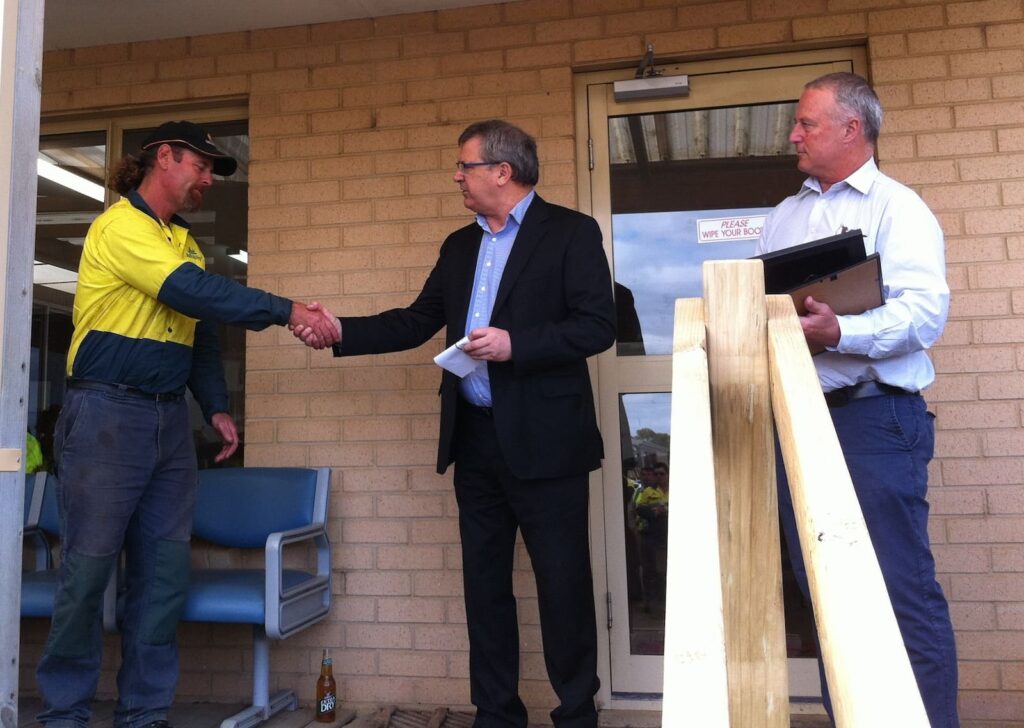Weeds or wildflowers? Reclaiming space for our native plants
When Peter Stewart is asked about his invaluable work on environmental weeds, he is quick to say that weeds are NOT his focus; native plants are. Peter’s evocative accounts of the volume of space occupied by weeds – in places where native plants should be growing – carries a powerful message. After reading his story, you may well remember his poignant example of one introduced dandelion occupying the same amount of space as 12 native Pretty Sundews.
November 2025
This is a story about how I came to be involved with environmental weed control in the amazing South Coast region of WA. I’ll also tell you about some of my weedy thoughts that keep me motivated and on track during this work.
As we often hear, we live in a biodiversity hotspot. Yes, we have many species of native plants and animals; however, for me, the real weight behind that label is that it also recognises that all this biodiversity is under real, as we speak, happening today, serious THREAT! How do we turn this situation around?

I grew up on the northern beaches of Sydney, enjoying lots of surfing, sailing and water skiing. Luckily, a lot of bushland areas were close by, which meant stacks of exploring and push bike riding. Family holidays were typically up and down the NSW coast and sometimes inland a bit. Our family was generally interested in the outdoors, travelling and appreciating the environment.
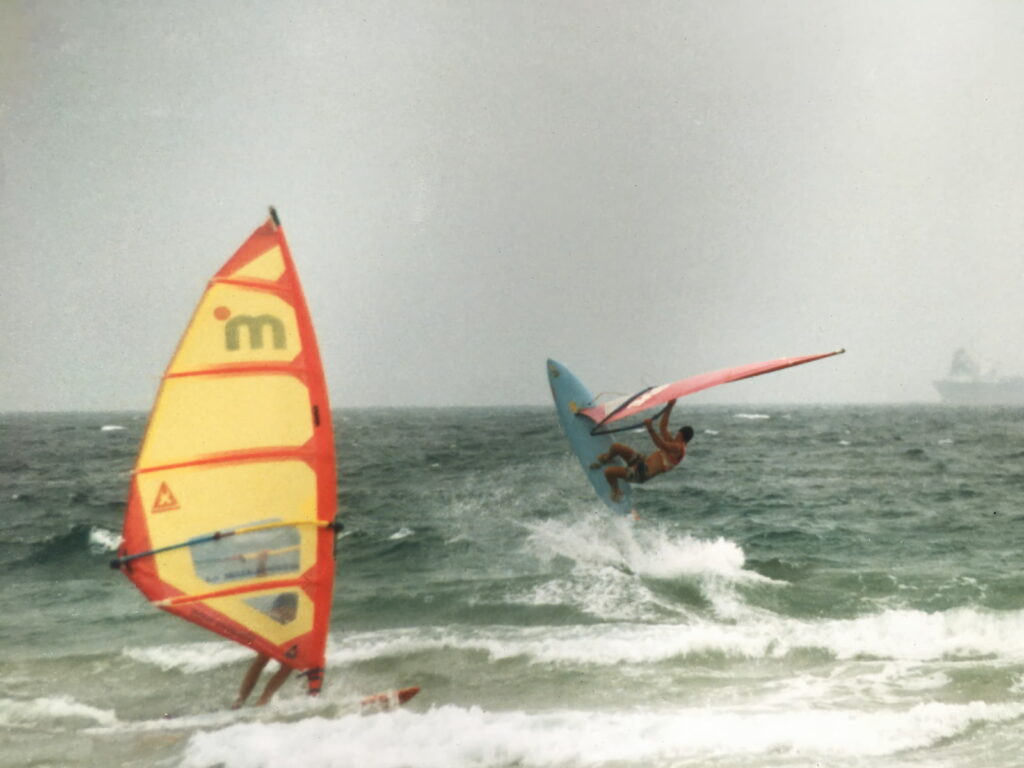
After leaving high school, I tried my hand at university but surfing got in the way, and I ended up in a job fixing electronic equipment for a while. Then I got a taste of travelling Australia after a schoolmate asked if I would like to go for a surf at Margaret River, only 4000 km away! So we hit the road on Boxing Day 1993 and had a surf on New Year’s Eve at Margs. During a quick visit to Perth, we thought, since we were about halfway around Australia, why not keep going! After some very memorable experiences, we finally got back to Sydney — a total of 30 days on the road.
My next job was in a printing factory in Sydney’s northern beaches area, with 12-hour day and night shifts. It was certainly a change from the open road, but the money was good. Then a workmate said he was doing a permaculture course in northern NSW and that sounded appealing — I was curious. I met Bill Mollison (the permaculture guru) and learnt how we can design our living systems so they can be productive AND gentle on the earth. I went back to work after the course and maybe not surprisingly, I didn’t last a full day before I handed in my notice. Two weeks later, I hit the road on my motorbike to go WWOOFING. Back then, it was known as ‘Willing Workers on Organic Farms’.
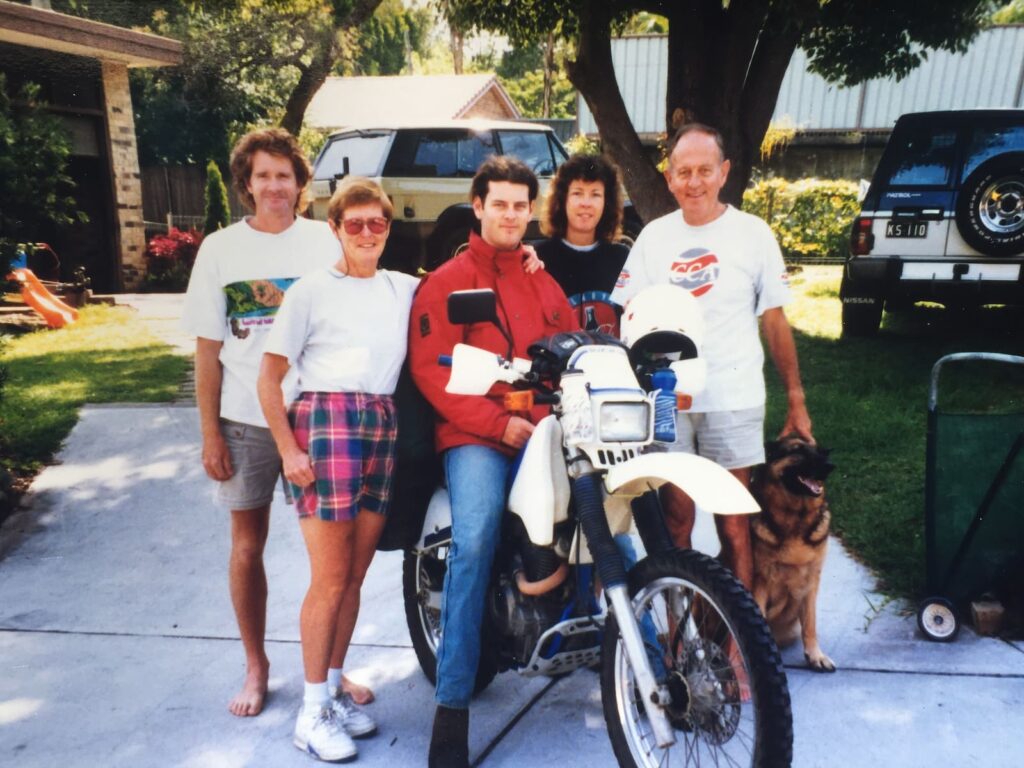
I worked on various types of farms — big and small — while exploring Queensland, the Northern Territory and parts of northern WA, then I settled in Albany for a few years. I started setting up a property with veggie gardens, a house cow and chooks, and building a mud brick house — typical for a Permie! This whole permaculture approach still resonates with me today, which I will explain later.
Leaving Albany in 2002, I was really lucky to explore more national parks in northern NSW and into Queensland. I had some very (without wishing to sound too corny) peaceful and nurturing experiences, re-establishing a sense of connectedness to nature.
So, this brings me to 2003, when I drove past Bakers Junction Roadhouse, down Chester Pass Road and into sunny (well, it may not have been) Albany, where the next stages of my life kicked in.
In 2004, an opportunity came up for me to study at TAFE, and I was naturally drawn to the Conservation and Land Management course. This, I thoroughly enjoyed. I had some great lecturers, classmates and experiences, and it hit home how amazing the plants, animals and landscapes of the South Coast region were. I wanted to learn more. I remember the first native plant name I learnt: Sollya fusiformis (now Billarderia fusiformis; Bluebells or Kumuk). I could show you the exact location of that plant, if it is still alive 21 years later.
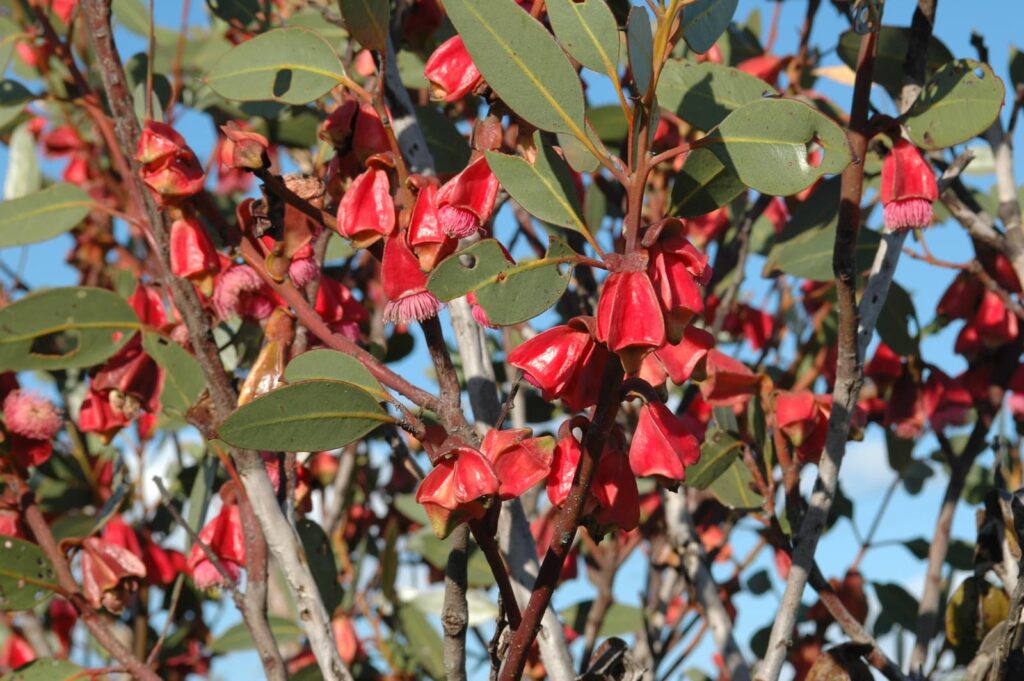
One of my central ‘philosophies’, as such, is that learning about our environment is critical but participation and sharing knowledge are paramount in achieving overall positive outcomes. So, while studying, I put the effort into volunteering with groups like the Albany Wildflower Society, Albany Bushcarers Group and the Friends of the Western Ground Parrot. And having seen it happen many times since, I can say that volunteering can be a gateway to employment — that is how I found paid work in an industry (conservation/landcare) that I was feeling more and more passionate about.
This work gave me the most fortunate opportunity to help our environment throughout the South Coast region: from the beach dunes to the stunning forests, towering and stoic granite peaks, and ever-changing riverbanks and subtle wetlands — it is a privilege.
Oh, did I forget to mention the March flies, mozzies, rain, hail, snakes, ticks, scratches, trips, cuts and scorching sun — well, as they say, “no pain, no gain”.
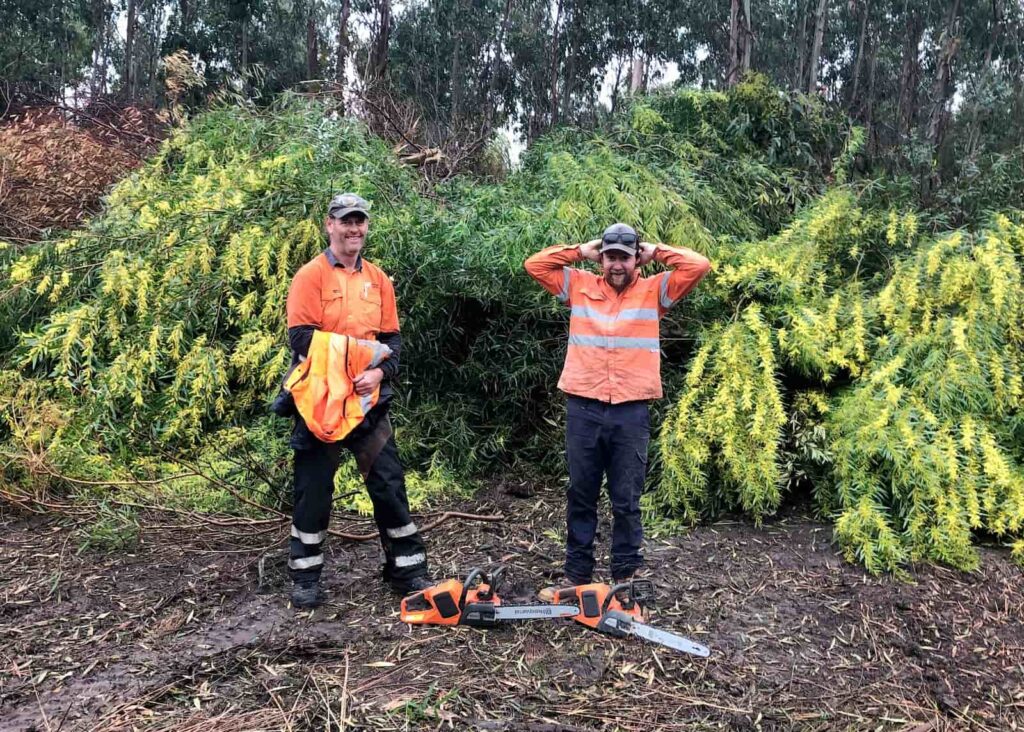
So, what has all this got to do with weeds? In permaculture, the basic set-up is that a property is divided into Zones: Zone 1 is your high visitation, high productivity food gardens/animals, and Zones 2-4 are generally less visited and have longer-term crops such as fruit trees, livestock, firewood and crops. Then there is Zone 5, the ‘Wilderness’, where nature exists, ecosystems function to produce clean air and water, and native plants and animals live and flourish. We visit Zone 5 to connect with nature, seek quietness and calm, get inspiration or simply acknowledge nature’s existence.
At TAFE, I felt inspired by the people I met and wondered how I could contribute to the health of the planet. I decided to focus on this Zone 5 ‘Wilderness’ concept because it is pretty important to all life on the planet! That decision led me to the topic of environmental weeds in our region. These are plants that have escaped our gardens and farms and are now directly and undeniably affecting the environment, especially the Zone 5 areas. In a modern landscape, which is fragmented through clearing and roads, for example, and has been dramatically modified and often disregarded, these environmental weeds are another pressure on the ecosystems.
Before I go deeper into my weed story, let’s have a quick look at Zone 5s in this region. In suburbia, a Zone 5 can even be that one old Marri tree that was saved when the land was developed — it could be hundreds of years old and it’s where nature is hanging on. When even one bird lands and rests in that tree, the tree is serving a critical purpose. Imagine over the years how many birds, insects, reptiles and mammals have used that tree — who cares for the tree?
In rural areas, Zone 5s can be larger national parks, the blocks on farms that were left uncleared, or commonly, the creeks and rivers, including the strips of vegetation (the riparian zones) alongside. Each patch of native vegetation, big or small, is important.
So now we come to weeding!
The task of weeding reminds me of a saying, which I think goes like this: Two stone masons are working in a quarry, pounding away each day with their hammer and chisels, in the blazing sun or pouring rain. One day, a visitor asks each worker what they are doing. One replied, ‘I am just breaking rocks.’ The other replied, ‘I am contributing to building a castle.’
To me, this is how the right attitude can help direct our energy, so that it is positive and with a higher goal: weeding is a task that needs to be done to benefit the environment.
A few key points. Environmental weeds are NOT my focus. The true focus of my effort is to protect and manage our natural heritage. To be honest, I feel hurt when a weed plant pushes out a native plant. The weed takes water, nutrients, sunlight and space. There is relief when actions are taken to stop a weed from having these impacts; when I see native plants having space to ‘breathe’ again and able to fulfil their life cycles. This matters.
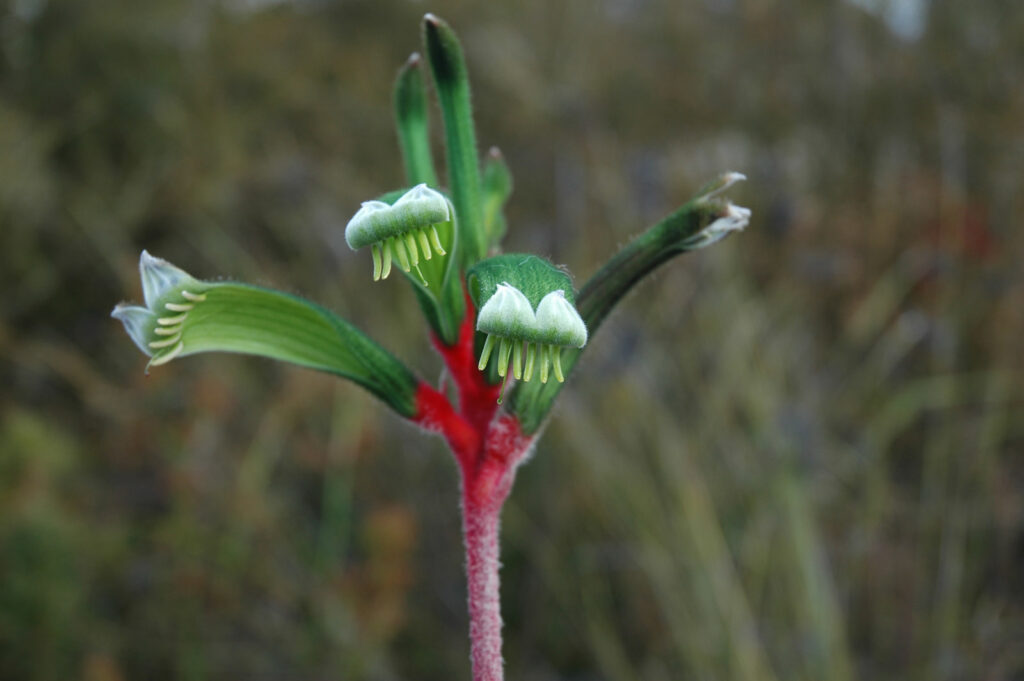
Let’s think about the volume of space taken up by weeds. We’ve all seen a humble dandelion in the garden or bush — it originates from Europe/Asia. Fully grown, it takes up about 0.1 metres (m) x 0.15 m x 0.3 m = 0.00045 cubic metres of space/volume. You may have also seen the small Pretty Sundew plants (Drosera pulchella), which are native to the south-west. The volume of one plant is 0.03 m x 0.03 m x 0.04 m = 0.000036 cubic metres. So, one introduced dandelion plant takes up the same volume as 12 native Pretty Sundews! Which plant would the community prefer to have?
Let’s scale up. Sydney Golden Wattle is a woody weed that occupies a lot of volume. The one in the photo occupied about 288 cubic metres. In the adjacent photo, you can see a coastal jarrah freed from that wattle. I estimate there is now space for all these native species to occupy that same volume: two sheoaks, five banksias, three melaleucas, 16 kangaroo paws, eight orchids and 54 sundews.
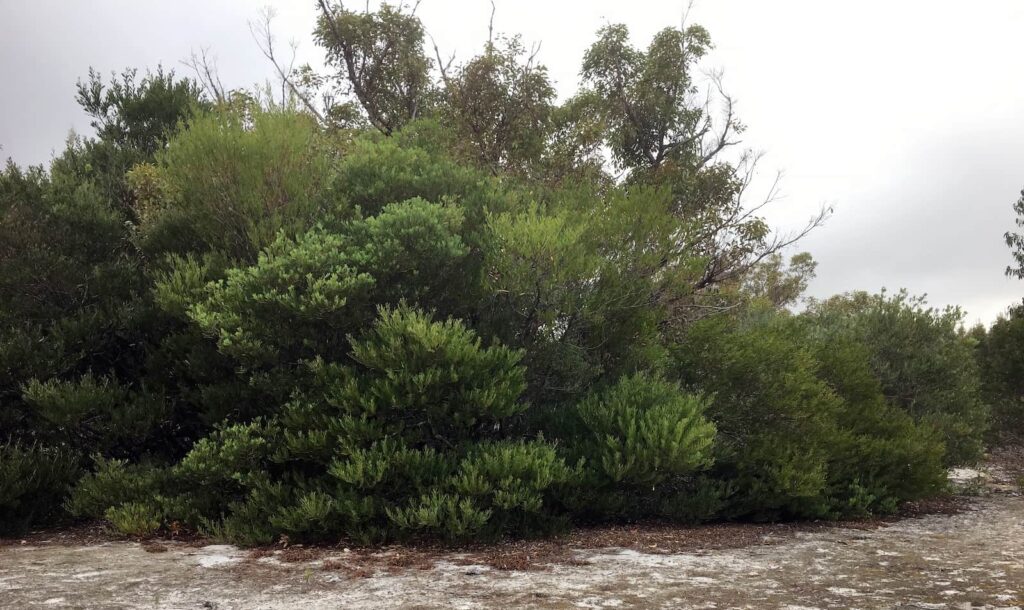
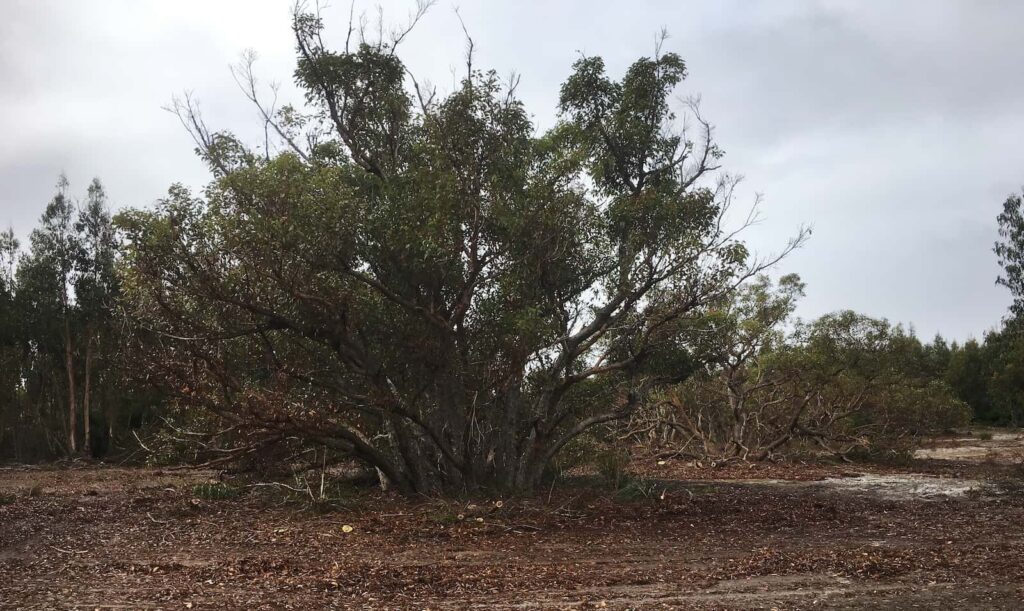
When we ramp up these calculations across the South Coast region, I can confidently say that many thousands of cubic metres of space are being taken up by weeds, which need to be freed up for our natural heritage — the local native plants where you live.
Here’s another example. An area of sandy Banksia coccinea (Scarlet Banksia) woodland, near Albany, was heavily infested with woody environmental weeds. The weeds were forestry mulched (ground down to stump level). This was a pretty dramatic approach, but it was necessary. With all this disturbance there was a mass germination of woody weed seedlings. When the annual follow-up weed control program was implemented, there was a choice of using non-selective herbicides or manual control. At first glance, it seemed as if only weeds were growing; however, a quick 1m x 1m trial plot was set up just to see what was really going on. This involved counting the woody weed seedlings as they were hand weeded out, then counting the native species that were left in the plot. Encouragingly, after 45 weed seedlings were removed (Sydney Golden Wattle x 36 and Taylorina x nine), 40 native seedlings from six different species remained. By ensuring that the natural regeneration process was not set back, this site is now on the way to recovery — with ongoing weed control. This example shows the pressure environmental weeds are putting on our ecosystems. But remember, weeds are not the focus — our native plants are!
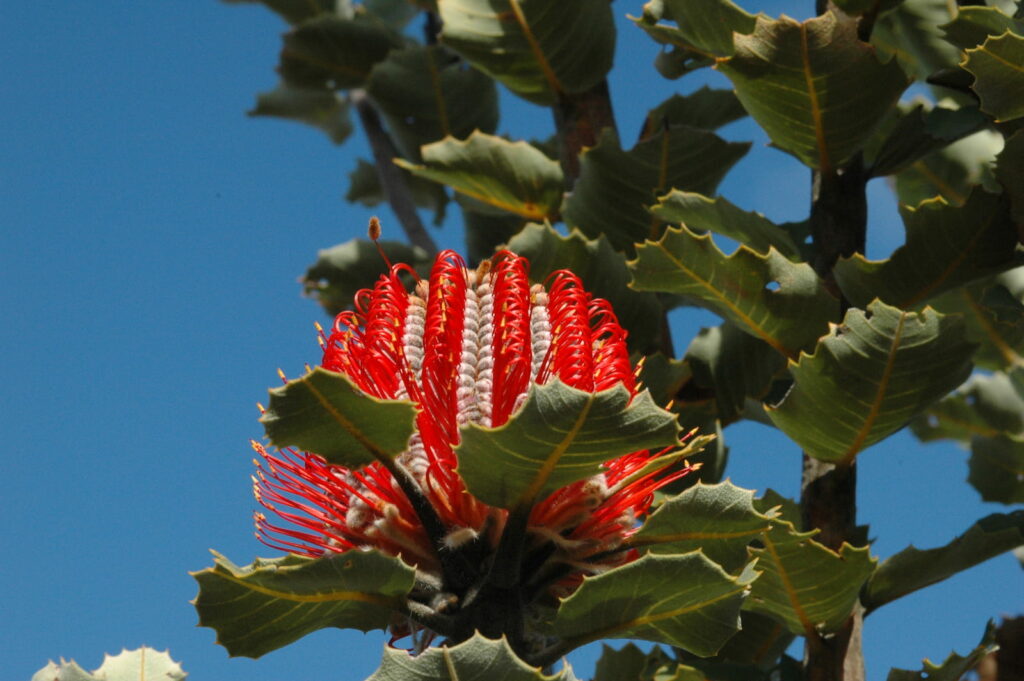
The modern disturbances that have occurred in the South Coast region are basically less than 200 years old, and many of these can be addressed. Are we ready to really care for our natural heritage — all our local plants, animals, landscapes, rivers and wetlands, and the cultural heritage of First Nations people, such as bushfoods? For me, the answer is YES!
Sure, there are areas now which are beyond recovery, and some which can be seen as ‘novel ecosystems’, meaning they’re a mix of native and introduced plants and animals. However, so much of the region’s bushland is largely intact and functioning — even thriving. I see that the real challenge — it’s definitely a challenge — is to take the environmental weed pressure off these ecosystems and give them a chance to continue thriving.
Without much thought, we all drive past lots of ‘Wilderness’ Zone 5s every day — that’s right, the road reserves either side of our urban streets, highways and rural roads. These road reserves are critical habitats where ecosystems can function. However, they are under so much pressure from weed spread (such as Watsonia), pruning, fence line clearing, spraying, grazing and, usually, the most damaging, burning (and burning and burning). But they can have an ally: private landholders who live adjacent can be their custodians and caretakers.
It is so easy to lose 50 m of road verge vegetation, or 100 m here or there, but the loss accumulates and suddenly, where literally hundreds of wildflowers once bloomed, we are left with an African Love Grass or Wild Oats wasteland. This process of cumulative loss of habitat and ecosystem health also applies to bushland and riparian zones.

When I’m dealing with environmental weeds, there is always the need to prioritise so that resources (time, money, sweat) can be best utilised. Generally, if a weed grows very big, like a Sydney Golden Wattle, or produces a lot of seed, like Pampas Grass, and that seed is easily spread, then alarm bells should be ringing.
Most property owners and farmers will appreciate that any weed on their property must have started with just one or several plants, with the seed blowing in with the wind, washing down the creek line, being dropped by a bird or brought in on machinery. If that one plant or small population had been stopped from reproducing, then the weed problem may well have been managed or even eliminated! This is a simple concept and the basis of most of my weed control activities: stop the plant from flowering, stop it from seeding and stop the seed from spreading!
Again, I follow the line that our native plants are the focus. There is no use setting up a battle against weeds if we are not determined to keep or get our local native plants back into that space. Our native plants have been evolving here for millions of years, are still here, and wouldn’t it be nice if they continued on their journey and we could say ‘hi there’ as we pass by them on our walks?
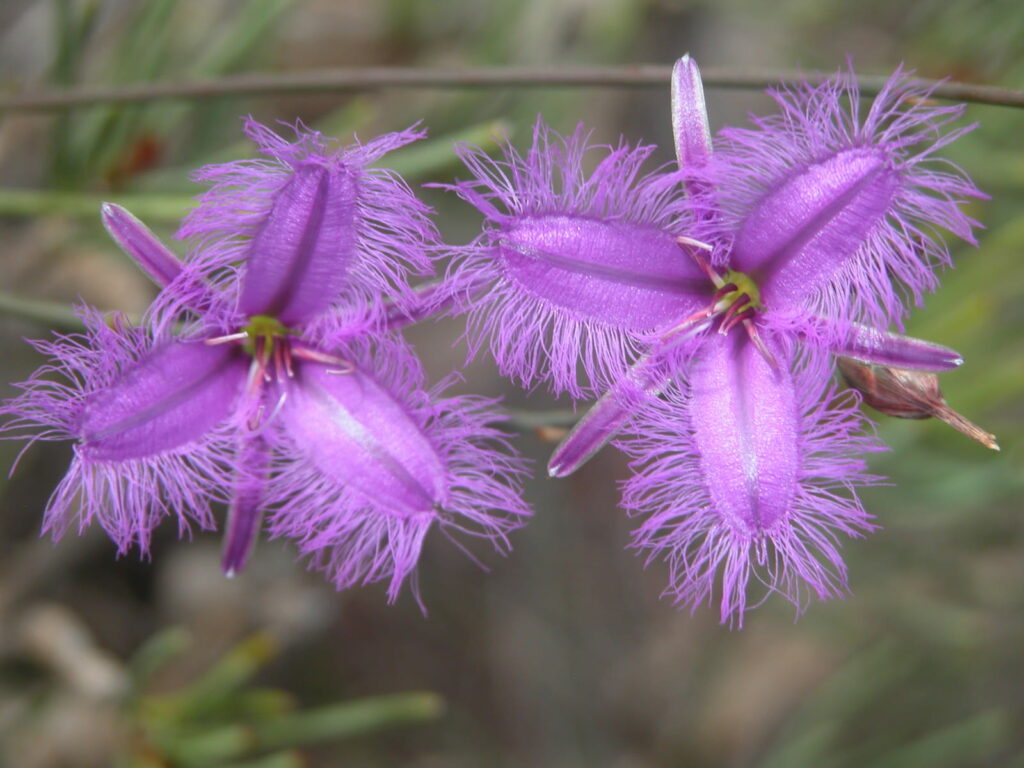
Valuable actions to manage environmental weeds can start with education and financial support to stop green waste dumping in bushland. It’s also vital for the nursery industry to support and encourage the purchase of local native plants. Another key issue is ensuring that new housing developments and public open spaces are designed using the right plants, which hopefully means using local species that fulfil the desired purpose, such as shade and screening.
If you are interested in helping to look after our bushland, why not contact your local City or Shire to get involved in a bushcare group? There are also bushwalks organised by local environment groups or the Wildflower Society Albany branch, where you can learn about our amazing wildflowers. Or get your friends and neighbours together for a walk in a local bushland reserve to see how precious these places are.
It does take the community to say, “Let’s look after this place with respect and acknowledge we live in a special region — an environmental wonderland!”. Environmental weeds are a challenge, and it can seem like a battle lost, but if all of us work together, the challenge won’t seem so overwhelming. And whenever we reduce the volume of weeds, we are really creating space for our beautiful local species to move back in. So, let’s take that positivity and put it into focused effort. When we’re focused, we’re more determined and it’s that determination that will turn things around.
THANKS to Peter Stewart and the photographers. Editing by Margaret Robertson. Thanks also to Sylvia Leighton, Carol Duncan and Keith Bradby. And a shout out to Green Skills, where Peter now works.
